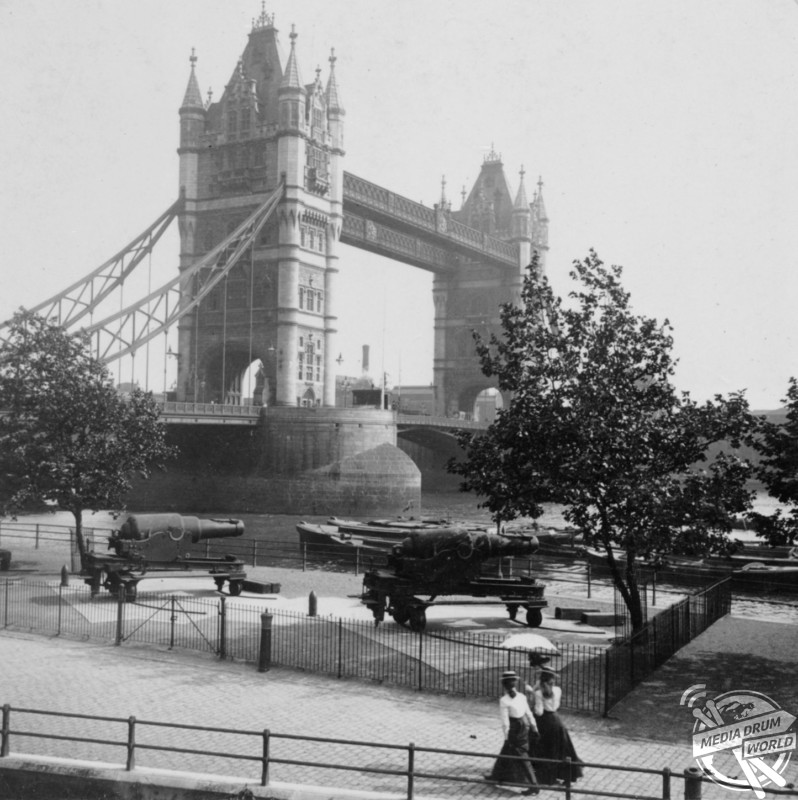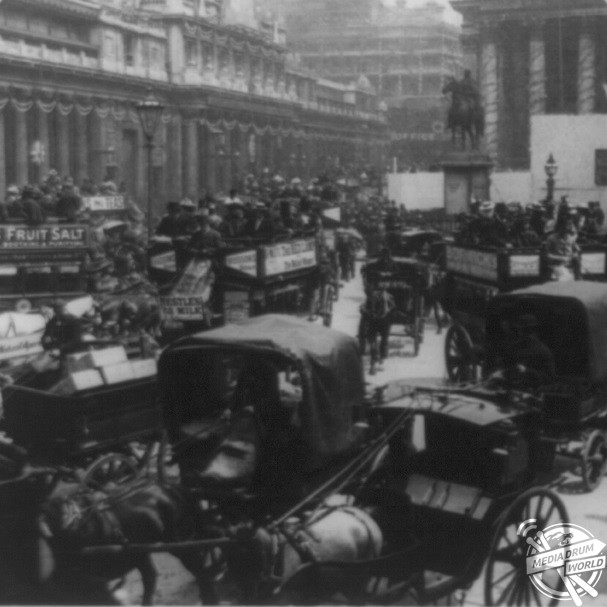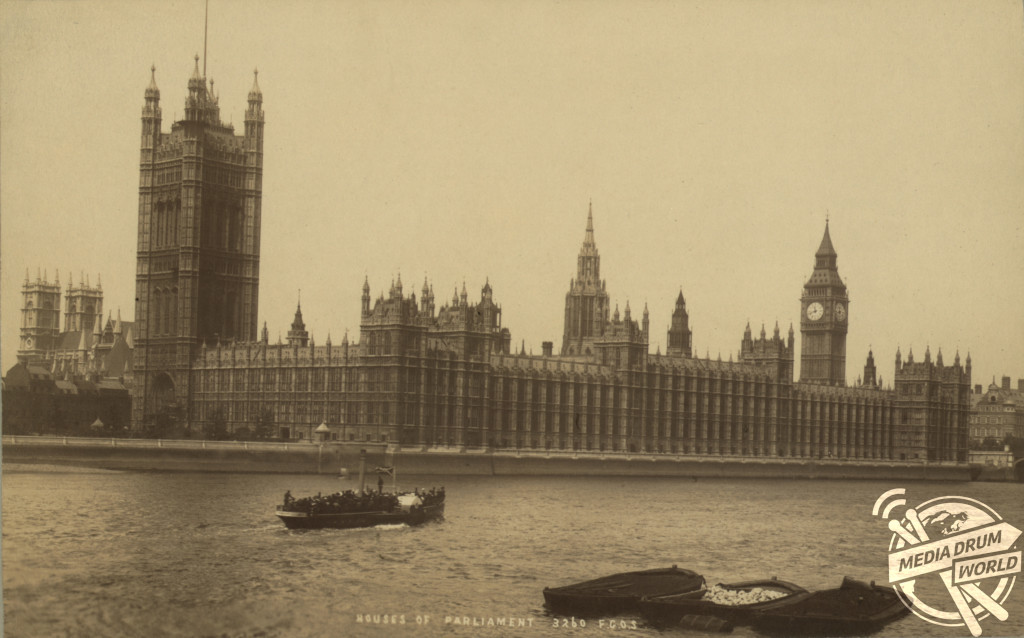By Tom Dare
A 100-YEAR-OLD VIDEO and series of photos of London at the turn of the century have remerged today, giving a fresh insight into what the capital looked like before the 20th century.
Footage shows a busy London junction in the early 1900s, with several horse and carriages taking the place of the motorcars that fill the London streets today. Well-dressed men and women can be seen crossing the road back and forth in top hats and dresses, too.

And a series of black and white photos from between 1895 and 1908 have also helped to develop an understanding of how London has transformed in the past hundred years through experiences such as the Blitz, with several famous landmarks including Oxford Street, Tower Bridge and Piccadilly Circus featured.
London was a very different place over the period that the photos were taken.
The 19th century saw a huge boom in the population of the capital, with London heralded as the capital of British Empire. The number of people grew from 1 million in 1800 to 6.9 million people by the end of the century, meaning the city itself expanded further and further.

The invention of the motorcar saw one of the biggest changes in the city’s layout, with paved roads being laid throughout the capital as the motorcar became more and more commercially available. However, it was the impact of the Blitz which makes turn-of-the-century London so indistinguishable from the city we see today.

Between September 1940 and May 1941 the Luftwaffe made 127 large-scale night raids, 71 of which targeted London. 28,556 Londoners were killed and 25,578 were seriously injured, with approximately 1.5 million Londoners left homeless. Buildings such as Westminster Abbey and Lambeth Palace were also seriously damaged, with several buildings reduced to shells of their former glory. An author in London at the time of the Blitz, Yevgeny Zamyatin, describes it below:
“The black sky above London burst into fragments: white triangles, squares and lines – the silent geometric delirium of searchlights,” he wrote.

“The blinded elephant buses rushed somewhere headlong with their lights extinguished. The distinct patter along the asphalt of belated couples, like a feverish pulse, died away.
“Everywhere doors slammed and lights were put out. And the city lay deserted, hollow, geometric, swept clean by a sudden plague: silent domes, pyramids, circles, arches, towers, battlements.”






